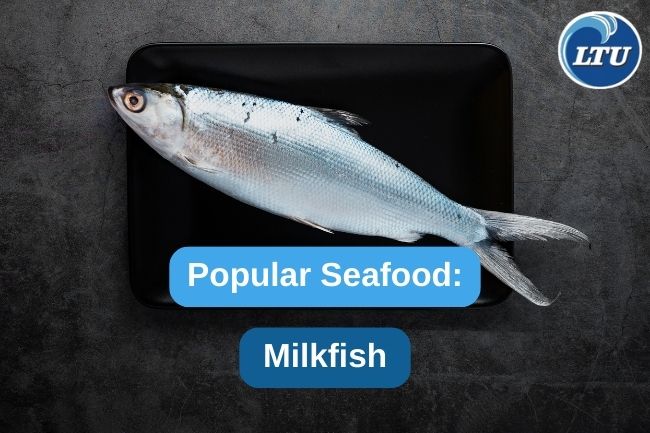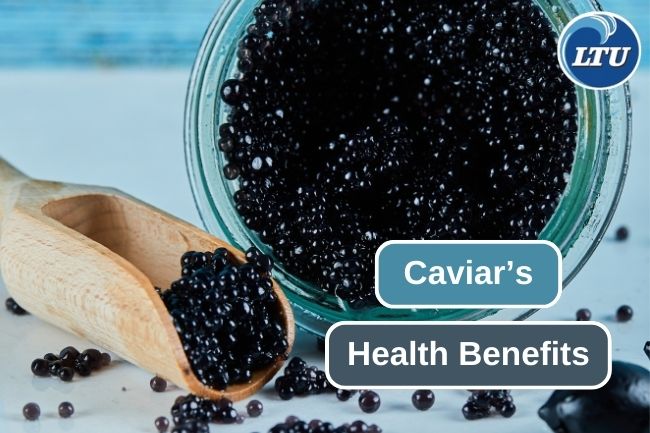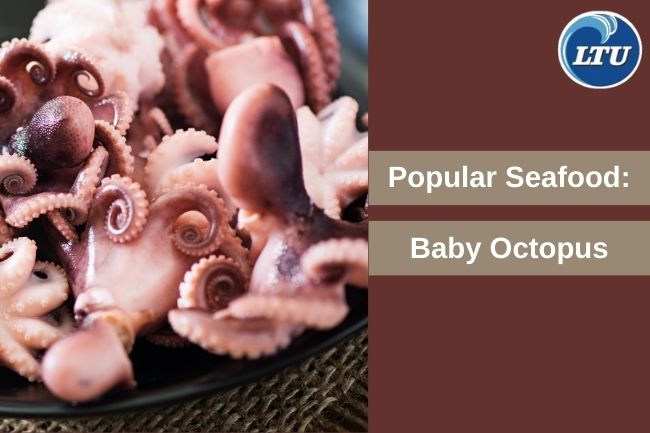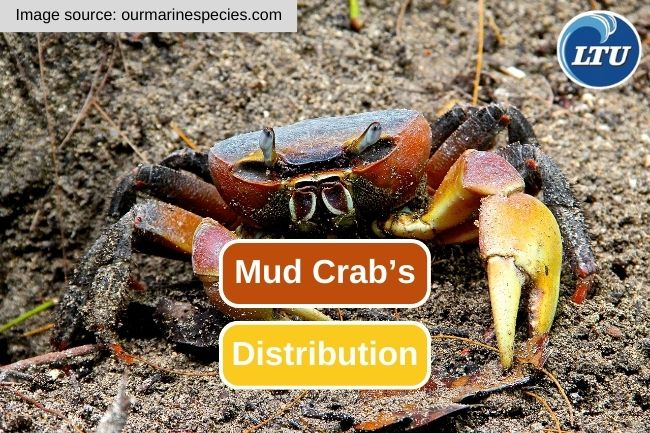This Is What Crimson Snapper Look Like
By. Nevanda - 04 Apr 2023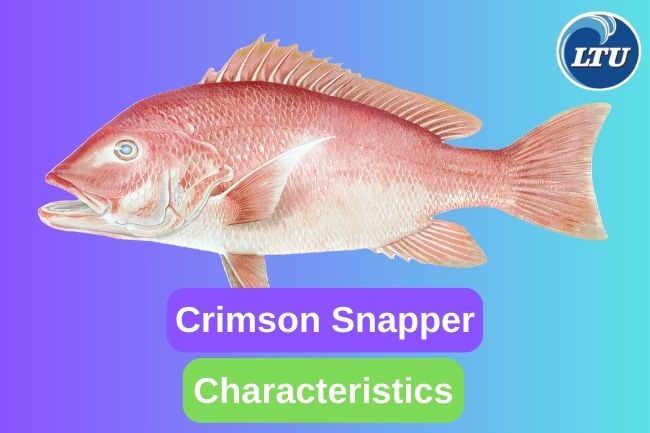
lauttimur.com - Crimson Snapper or Lutjanus erythropterus has an Indo-Pacific distribution. Its distribution extends from the Gulf of Oman east to the Admiralty Islands of Papua New Guinea, south to northern Australia and north to southern Japan. This species is likely to be associated with silty substrates in deeper waters, but is sometimes recorded forming schools over reefs and wrecks at depths greater than 20 m (66 ft). Juveniles once they have attain a length of 2.5 cm (0.98 in) settle in shallow waters where there are muddy substrates, sometimes entering estuaries.
Lutjanus erythropterus is mainly nocturnal, foraging during the night mainly for fish but also for crustaceans, cephalopods and other benthic invertebrates. They spawn in all months of the year in Australia and Indonesia. It is a relatively slow-growing and long-lived species with a maximum lifespan of 42 years.
The Crimson Snapper is considered to be a high quality eating fish which appears in markets on a regular basis, although in small quantities. It is caught using handlines and bottom trawls and is targeted alongside the Malabar blood snapper (Lutjanus malabaricus) in Australia by both recreational anglers and commercial fisheries. It is also a quarry species in Indonesia and the Papua New Guinea for recreational, artisanal and commercial fisheries and part of the catch is exported to be sold internationally, in fact, it is a commercial fishery quarry in many parts of its range. In southern China it is being farmed in aquaculture. The crimson snapper has a wide distribution and a stable population and is strictly protected in some areas and so the IUCN classifies it as Least Concern.
Climate change and variability have the potential to impact fish stocks in a range of ways, including geographic distribution (e.g. latitudinal shifts in distribution). However, it is unclear how climate change may affect risks to sustainability. Changes in ocean chemistry have the potential to affect the replenishment rates of fish populations, as well as individual growth rates and spawning output.
Read also: Easy Milkfish Wrapped Satay Recipe

